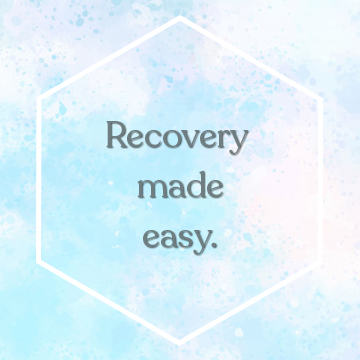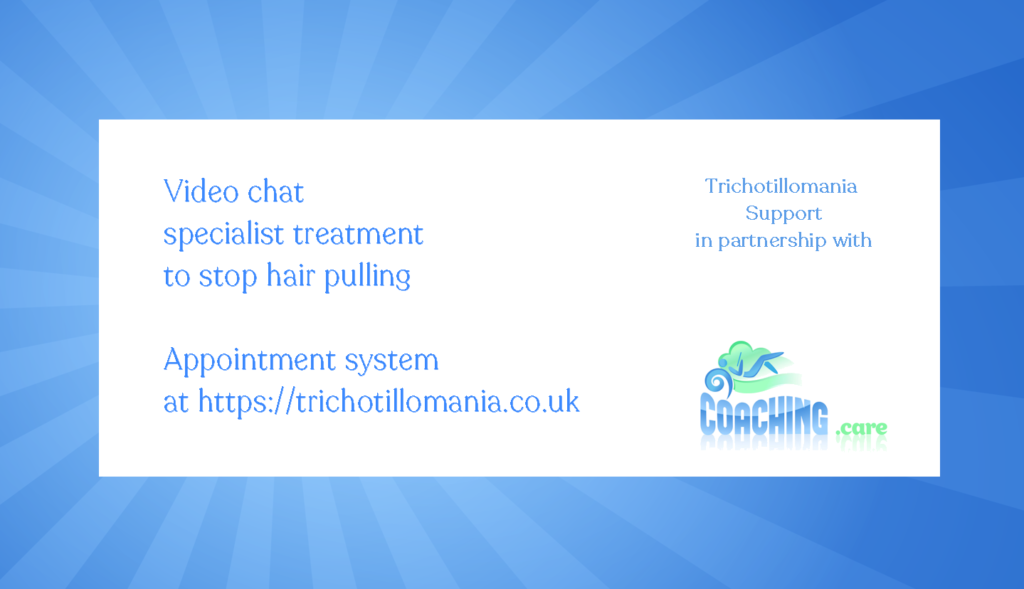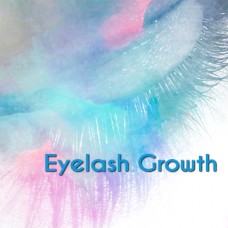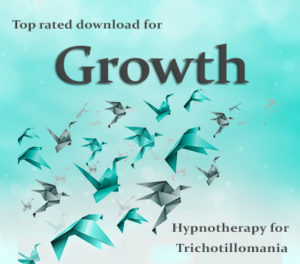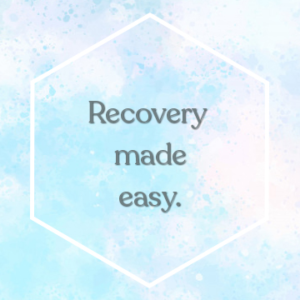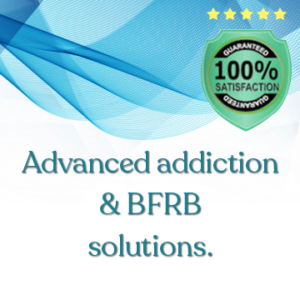Behavioural Therapies
Behavioural Therapies like Cognitive Behaviour Therapy, have, in the past, been considered effective at relieving Trichotillomania symptoms including Habit-Reversal Therapy, and Acceptance & Commitment Therapy. In studies, Behavioural Therapy fared better than common medications. Studies suggest that supportive therapies and psychoanalysis without the behaviour aspect are not effective at treating Trichotillomania or other BFRBs.
- The current International Excellence Treatment Standard for Trichotillomania is ACT, which is Acceptance and Commitment Therapy as used in all courses by https://coaching.care.
- Talking therapies are generally not recommended for obsessive conditions such as trichotillomania, unless conducted by a highly experienced specialist in the sole treatment of trichotillomania.
Case Study
By Jackie Smith, Bsc. (Hons)
Working with https://coaching.care, I have been treating trichotillomania exclusively now for two decades. Here, I loosely outline one case of a graduate from our 40 day Intensive Course to stop hair pulling. I have selected a candidate who graduated in 2015 and who has remained pull free since that date using our Aftercare course. We will call her Corrine.Corinne: I signed up for the 40 day intensive course having googled “how to stop hair pulling” earlier that year. It seemed like a big commitment so I waited until my 40th birthday and signed myself up. I have a thing about numbers and the idea of devoting one day for every year of my life to recovery was pleasing to me.
Jackie: Yes, I remember that unlike some people, you devoted at least one hour a day, for 40 consecutive days, to coaching. Most people tend to do 5 days on and 2 days off.
Corinne: I think there was a bit of skepticism. I was like, you say that I can stop hair pulling in 40 days and not start again, well prove it. I was determined to do everything you said, so that at the end when I hadn’t stopped pulling, you couldn’t say “Well, you didn’t listen to the recording daily”.
Jackie: The very fact you are pull free to this day means you quickly grasped the concepts.
Corinne: I don’t know about that. I am not very quick on the uptake in general, but I am a bit obsessive so 40 days wasn’t long enough for me to run out of enthusiasm.
Jackie: Can you remember how many days you were on the course, before you stopped pulling?
Corinne: Not exactly, no, but I know it was less than a week. I remember being scared that I couldn’t keep it up. I had stopped before but I always started hair pulling again.
Jackie: And this time you didn’t, because we put the urge reduction techniques, as we called them in those days, in place. We call them recovery techniques now. These are part of the habit reversal side of the course. We make sure to replace the hair pulling with a different, better behaviour, which helps you more in the long-term. We do this even better now, using A.C.T. techniques to build self-esteem.
Corinne: Yes, like I have learned all about ACT in Aftercare and it really helps me. I love that you have helped me build plans for so many difficult situations, so I was even better able to cope with the pandemic. In my Recovery Kit, I had a letter to myself for when things happen suddenly and change my plans.
Jackie: That’s the best part of ACT, planning for the future. You developed techniques that keep you from getting lost in free-floating anxiety.
Corinne: Well to be fair, you developed the techniques and I rated them according to how well suited they were, to my life. But yes, I hadn’t realised how much I had let my stress (I don’t like calling it um, anxiety) get out of control.
Jackie: Did you find the three stages of coaching helpful?
Corinne: I did. It helped with the structure because at first I did feel it was confusing. I had about 4 days wondering whether I could do the course and wanting to give up but I wouldn’t because I was so determined I would prove you wrong when you said I could stop pulling. I didn’t realise it at the time. I wanted to say “See, I told you nothing works.”
Jackie: Well something did. YOU did. And you are still pull free because of it.
Corinne: Yes. I didn’t realise how much work it would be in 40 days or how much I would enjoy it.
Jackie: What stands out in my memory with you, was how you over-worked yourself before the course. It took me a while to encourage you to slow down.
Corinne: That’s so TRUE! I think the reason I had the energy to do the course was that very quickly I was using less energy to do more work in my day job. I had time to spare.
Jackie: Yes, the concentration exercises were fundamental for you.
Corinne: Oh totally. When you pointed out how my thoughts were wandering at work, that was a real breakthrough.
Jackie: Wow. I had forgotten that session. Yes. You realised you were talking about doing your monthly reports all month. Using far too much energy on a task that would have taken less than half a day.
Corinne: Funnily enough I do weekly reports now and I write up a little bit each day, just as you suggested. By the end of the week the whole report is written and I don’t have to think about them all week and put them off.
Jackie: So for the purposes of anyone reading this interview, recognising where your energy actually WENT was important.
Corinne: Totally. You had me write down what I spent my emotional energy on, then I had to rate each item on a scale of whether the amount of energy was needed. Something like that.
Jackie: Yes. For some people their personal relationships need work but yours were mostly good. Nobody else was putting pressure on you. You were putting pressure on yourself.
Corinne: Actually I found the ratings and the scales so eye-opening. I still use them, and taught them to my children.
Jackie: What about Aftercare? Would you recommend that to someone else?
Corinne: I would. I am still in Aftercare today. One of the main things about it is the acceptance that this is a lifelong condition. Even though I have stopped hair pulling and pulled my last hair in 2016, I could start again if I didn’t keep working on maintenance.
To make an appointment with Jackie, simply click the Book A Slot button on the right, or get in touch using the form below.
Cognitive Behaviour Therapy (CBT) is a common NHS go-to for treating Trichotillomania and other conditions, because it takes a practical, problem-solving approach to change people’s attitude and behaviour.
Sometimes we base our behaviour on mistaken thoughts that we may not even be aware of. Cognitive Behaviour Therapy helps you to notice, explore and challenge unhelpful thoughts.
Here are some examples:
The only way this feeling will go away is with pulling, changes to: If I accept the itchy feeling and let it be, the feeling will decrease in intensity. If I continue to pull, it will only make things worse.”
Cognitive behaviour therapy can help you address your thoughts about yourself, your relationships with others and how you relate to the world around you. Cognitive behaviour therapy may also involve behaviour aspects to help you to change the way you behave, for example to reducing hair-pulling. A type of this is habit-reversal therapy; HRT is explained more below.
Behavioural Therapy tends to be short: an hour session a week for 3 to 6 months, with homework to complete in between, e.g. keeping records, activities or problem-solving. You work with your therapist to understand your problems and develop a strategy to apply in future life. The sessions are planned and structured, and goals are set. At the start of a session usually the client and therapist will jointly decide on the topics they want to work on that week.
Your therapist may not have treated Trichotillomania before but should be experienced in using behavioural therapy to treat a range of problems and be able to adapt the techniques to hair pulling. To be realistic Cognitive Behaviour Therapy is not a miracle cure, you need to be open, persistent and it takes time and effort. It doesn’t help everybody, it may help but not to full recovery, and for some it may take extra time practising the techniques after the course has finished.
References:
Alexander et al (1987) Tourette and Trichotillomania: Adapting Treatment While Maintaining Fidelity DOI:10.1093/med-psych/9780197552155.003.0014
Passmore J and Leach S, (2021) Third Wave Cognitive Behavioural Coaching: Contextual, Behavioural and Neuroscience Approaches for Evidence Based Coaches
Woods D & Twohig, M (2008). Trichotillomania: Therapist Guide: An ACT-enhanced Behavior Therapy Approach: Oxford University Press.
Get In touch
+44 7910 114729
available from 11:00 – 17:00 GMT
Spada House, 20 Regent Close, London N12
Updated 1 February 2023, review 1 February 2024

